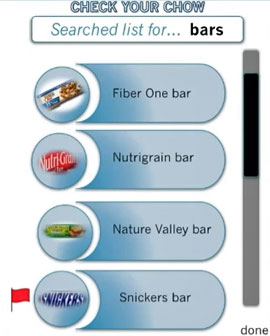
Responding to worries that school is not preparing students for the jobs of the future, there's been a concerted effort lately to emphasize the importance of learning STEM subjects.
President Obama made a pitch for STEM in his State of the Union address this year saying, “we’ll reward schools that develop new partnerships with colleges and employers, and create classes that focus on science, technology, engineering and math -- the skills today’s employers are looking for to fill the jobs that are there right now and will be there in the future.”
Congressman Mike Honda from California recently introduced two pieces of legislation to Congress focusing on STEM: One would create an office of STEM education to help coordinate between schools, while simultaneously creating a research arm to fund development of education technology; the other bill would offer in-house STEM coaches to schools, helping them integrate concepts into the curriculum.
Some schools are already integrating STEM throughout their curriculum. A team of eighth graders at Hampstead Academy, one of 10 winners of the Verizon Innovative App Challenge, for example designed Chow Checker, an app to help people identify ingredients they are allergic to in food. The app allows users to either scan the bar code on a food item or use the search bar to find an item. Any ingredients the user has an allergy to shows up in red. The app also has a news feed and a personal profile, giving it the feel of a social networking site, a feature that also sets it apart from other food allergy apps. The news feed gives people who suffer from food allergies a way to share their personal experiences with one another, said student Sarah Miller-Bartley.

